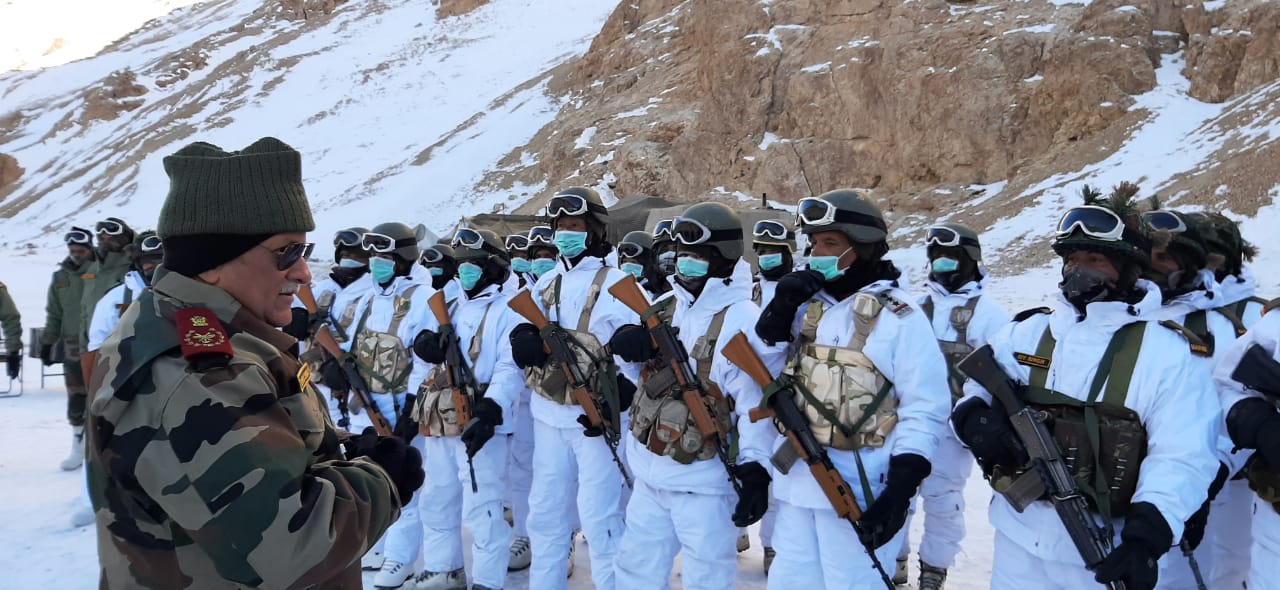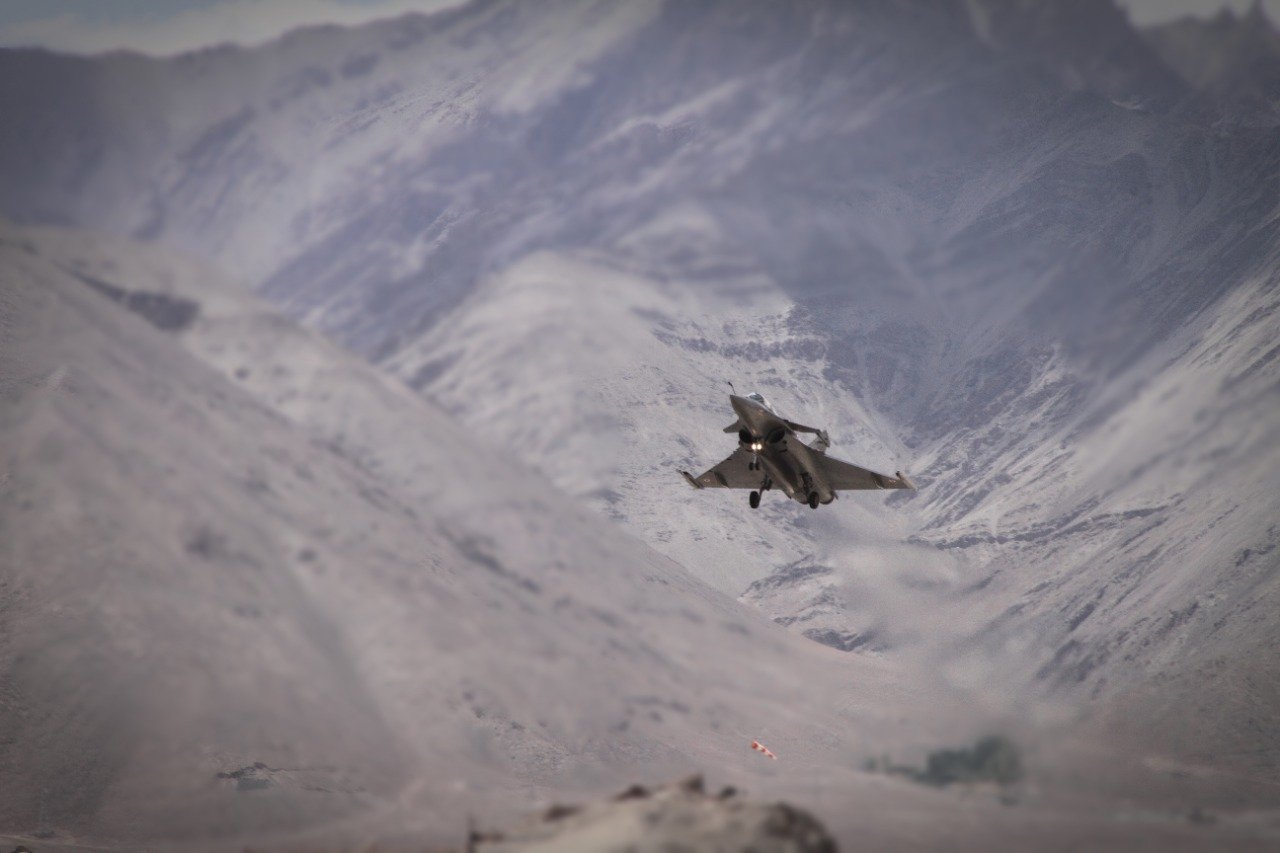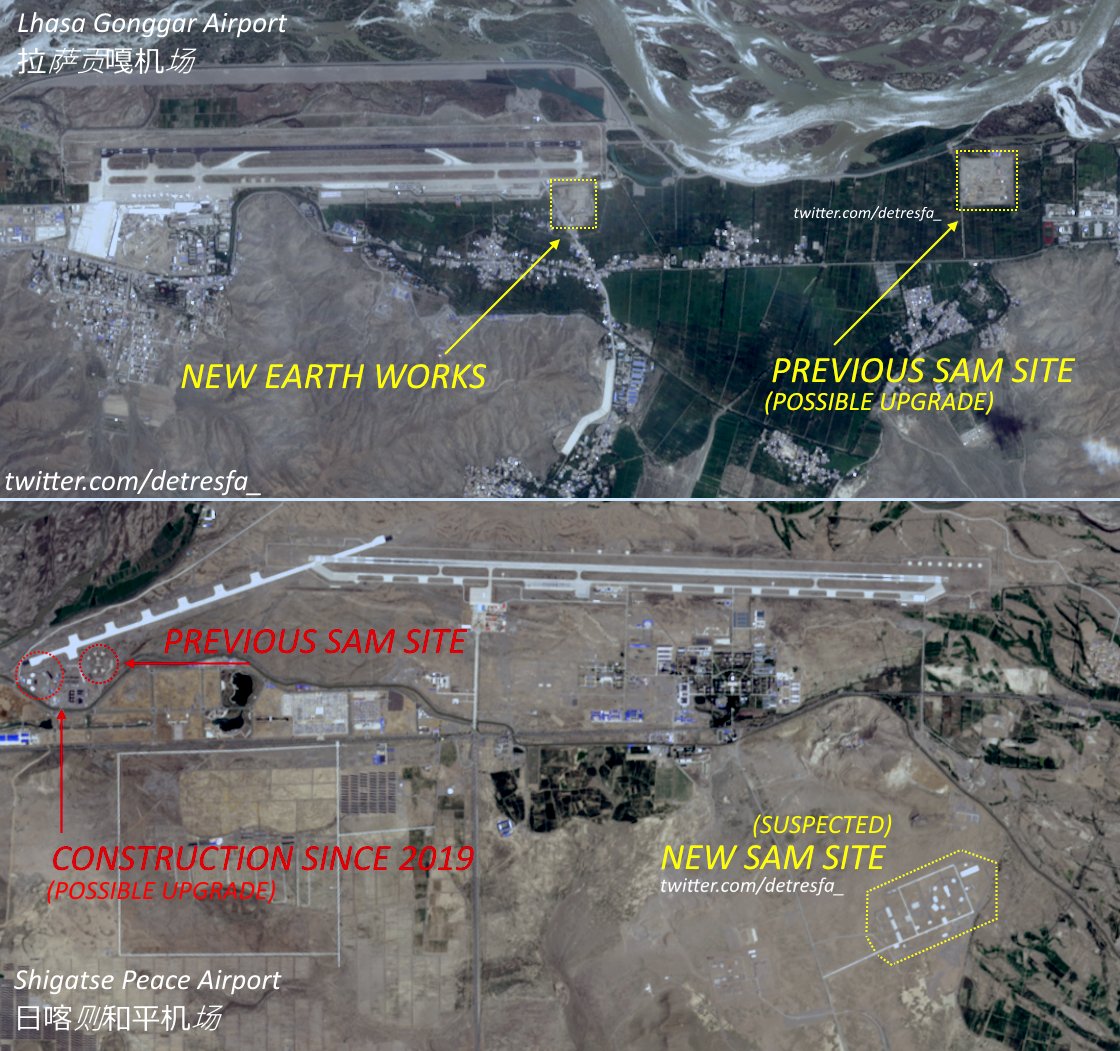Will Indian French-origin Rafale jets come face to face with China’s Russian-origin S-400 missile defense system and indigenously developed J-20 stealth jets as border tensions simmer between the two nuclear-armed nations?
Traditionally India’s largest troop deployment had been on its western border with Pakistan. But with the current tensions with China, India has now enhanced the strength of its troops and weapons along their disputed border.
India has also deployed its newly-formed Rafale squadrons, in response to which the Chinese are believed to have positioned their J-20 stealth fighters and the Russian-made S-400 air defense systems.
Signaling an offensive military position, India has reportedly redirected an additional 50,000 troops to its border with China, reported Bloomberg.
Over the decades, the military focus of India had been its western neighbor and arch-rival Pakistan. However, with the increasing tensions with China since the 2017 Doklam stand-off, India’s focus has undergone a shift.
Increased Deployment
Since last year, the deployment of troops at the Line of Actual Control (LAC), the de facto border with China, has seen an increase of around 40 percent.
With this, almost 200,000 troops are now guarding the LAC stretching from Ladakh in the west to Arunachal Pradesh in the east, experts noted. In addition, fighter jet squadrons have also been deployed at three distinct regions along the Indo-China border.

This is a marked change from the earlier military deployment of India at the borders with China. Terming the latest move as “offensive defense”, experts quoted by Bloomberg believe that the increased deployment will enable India with greater opportunities to “attack and seize territory in China”, if such a situation arises. Preparing for such an eventuality, helicopters have been positioned to carry soldiers and artillery such as the M777 howitzer.
Ladakh, the epicenter of the clashes and tensions with China since last year, has seen the largest troop deployment in recent months. As many as 20,000 troops have been additionally deployed at the high-altitude military posts of Ladakh, reports suggest.
The number of troops has also been increased along the southern Tibetan plateau, with soldiers equipped with machine guns having joined the retinue of armed paramilitary personnel already stationed there.
China has already enhanced the strength of the troops and military arsenal on the border. Over the months, additional forces have been stationed at the Xinjiang Military Command, which looks after Chinese patrolling along the high-altitude borders with India, along with the construction of new military infrastructure including buildings, bomb-proof bunkers for fighter jets and new airfields.

India’s Rafale Squadrons
To counter the rising Chinese threat, India has reportedly deployed its newly acquired Rafale jets on the Indo-China border.
The Indian Air force (IAF) established its first Rafale squadron- the ’17 Golden Arrows’ at Ambala, which carries out regular sorties over Ladakh. The IAF recently raised the second Rafale squadron at Hasimara in West Bengal.
The Hasimara airbase, also named the Wing 16 or the ‘Lethal 16’ was established after the India-China war in 1962. Situated on the strategic Siliguri corridor that connects India’s Northeast with mainland India, Hasimara is the closest airbase to the Chumbi Valley, the tr-junction of India, Bhutan and China.
Experts are of the opinion that the deployment of the Rafale on the eastern front further enhances the IAF’s capability, which already has the Sukhoi-30MKIs stationed at Assam’s Tezpur and Chabua.

Earlier this year, it was reported that with India inducting the Rafale jets, China deployed J-20 fighter jets close to the border with India.
IAF Chief, RKS Bhadauria stated, “They had brought their J-20 fighter aircraft (to areas close to Eastern Ladakh) and they went off from there but that is the flexibility of airpower.
The moment Indian Rafales were brought in, their J-20s were there. We know their actions and capabilities and we are taking the required steps”, he was quoted as saying by The New Indian Express.




